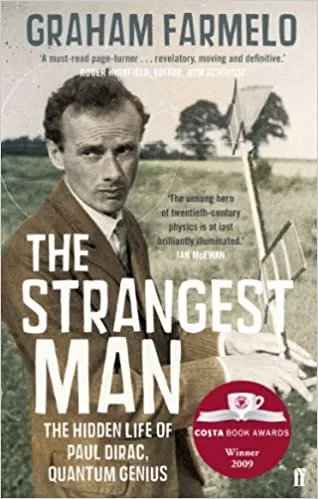One story stood out. One of John’s teachers at [inaudible] National School in the Midlands of Ireland said to me that she remembered John for something that happened when John was six or seven, and she was reading this story of the Nativity.
You know, Mary and Joseph had come to Bethlehem and sought a place in the inn but all the inns were full and they ended up in a stable. And it was there that Baby Jesus was born. And the shepherds came and then the Three Wise Men came and they brought gifts of gold, frankincense, and myrrh. And then Mary and Joseph came back to where they came from and they lived a very modest life because Joseph was just a humble carpenter and they didn’t have very much.
And John’s hand went up. And Mrs. Toomey, his teacher, said “Yes John.” And he said “Miss, you said Mary and Joseph didn’t have very much. What did they do with the gold that the Three Wise Men brought?”
And she said “John, I’ve been reading this story for thirty-three years and nobody has ever asked me that question. And the honest answer is: I don’t know.”
And I said Mrs. Toomey that’s the most beautiful story. Because it is the most pertinent question, in that, journalism, which is my profession, that’s it! In a nutshell! “What did Mary and Joseph do with the gold?” You ask the obvious question. People may laugh at you. People may think you’re an idiot. But that doesn’t deter you. If you’re unsure, you ask.































